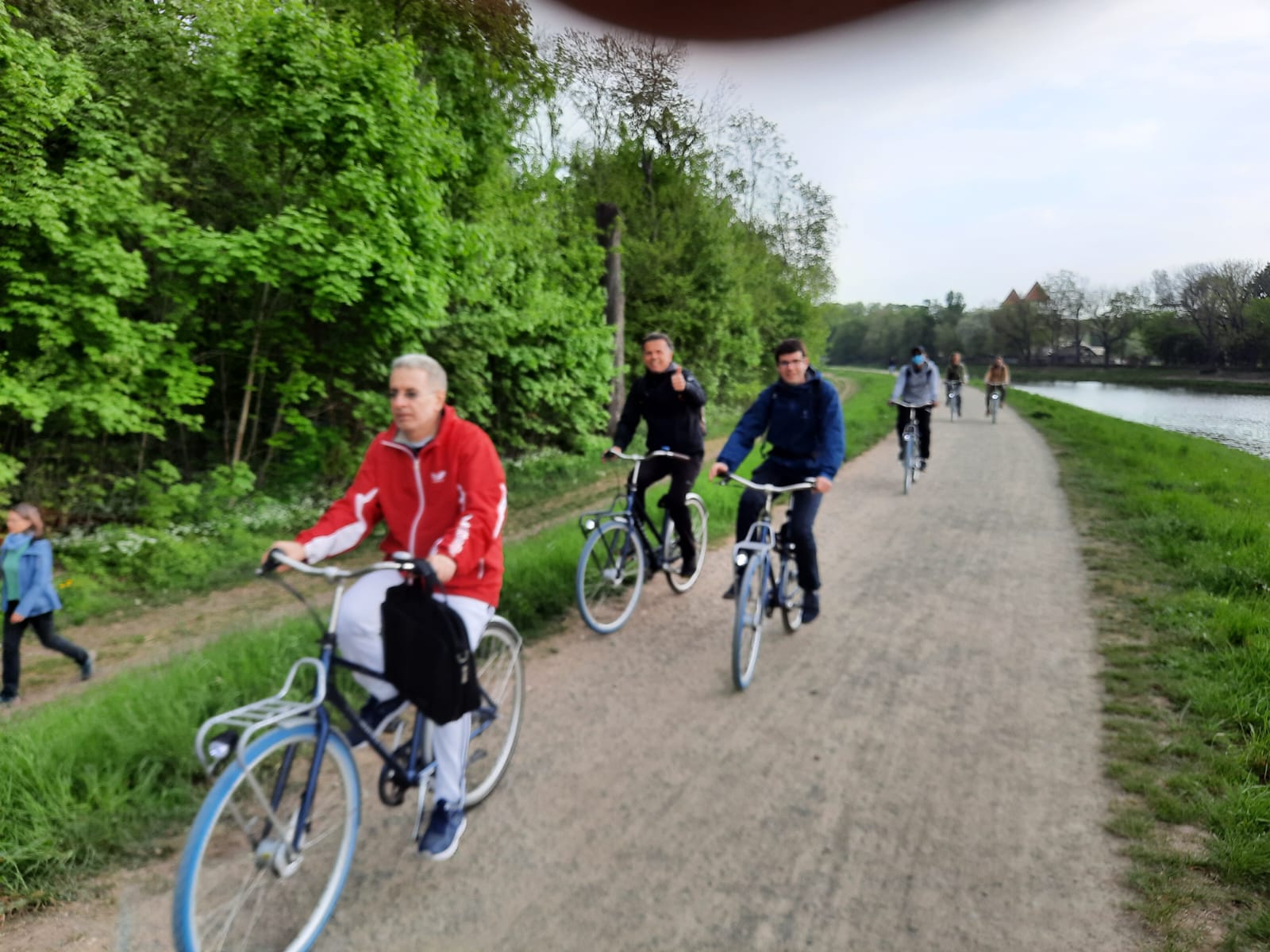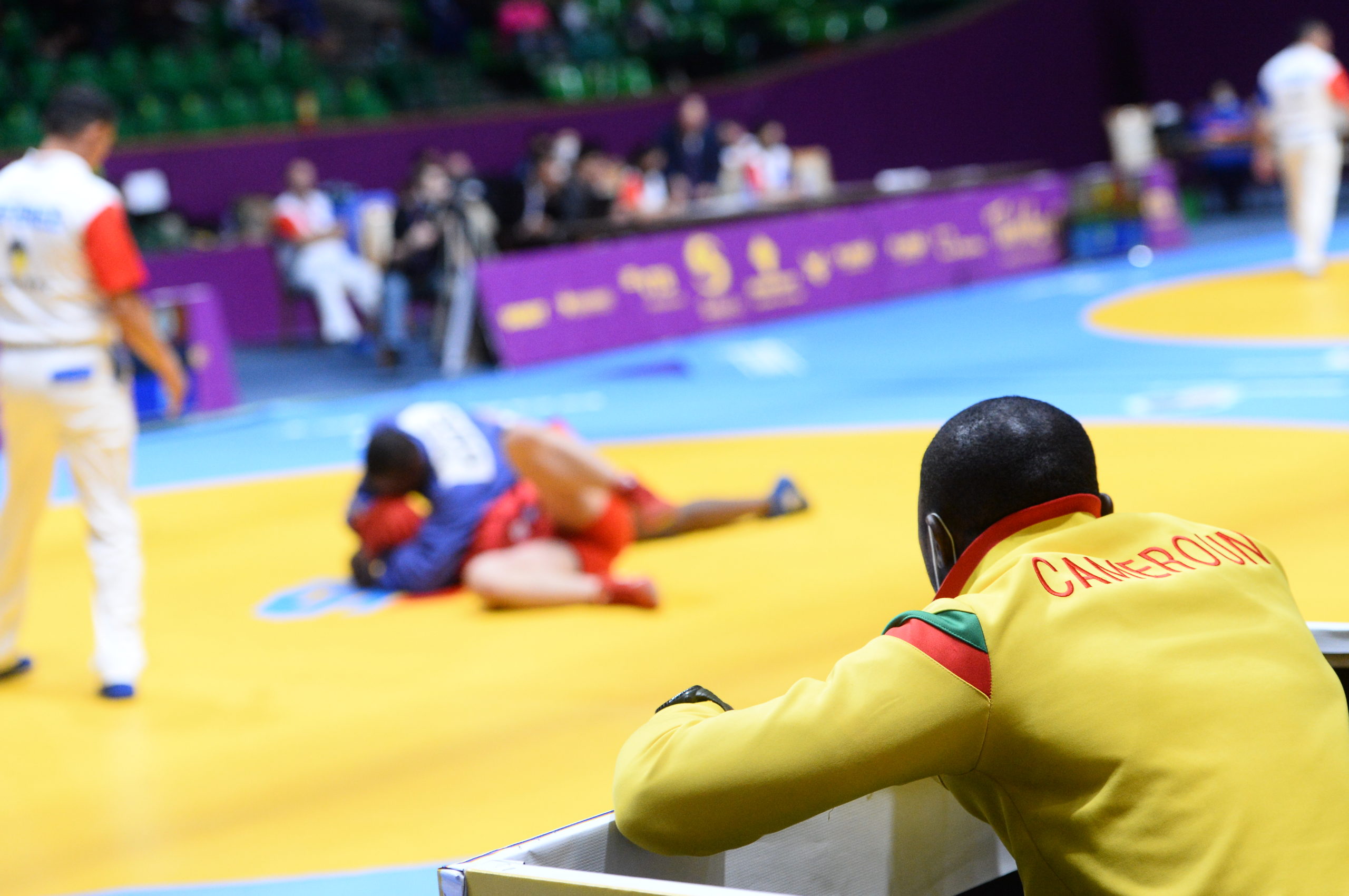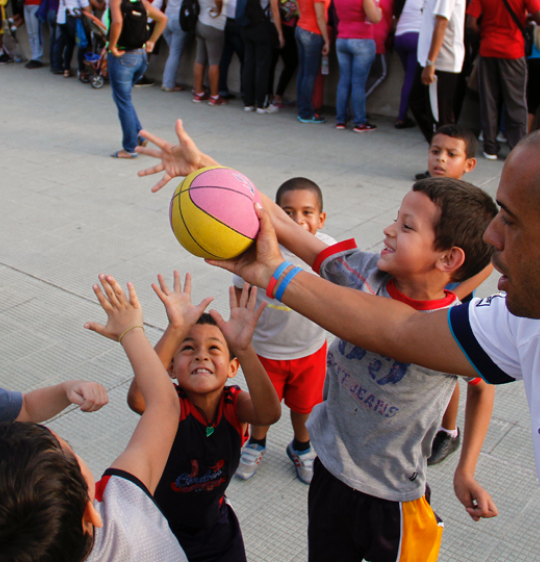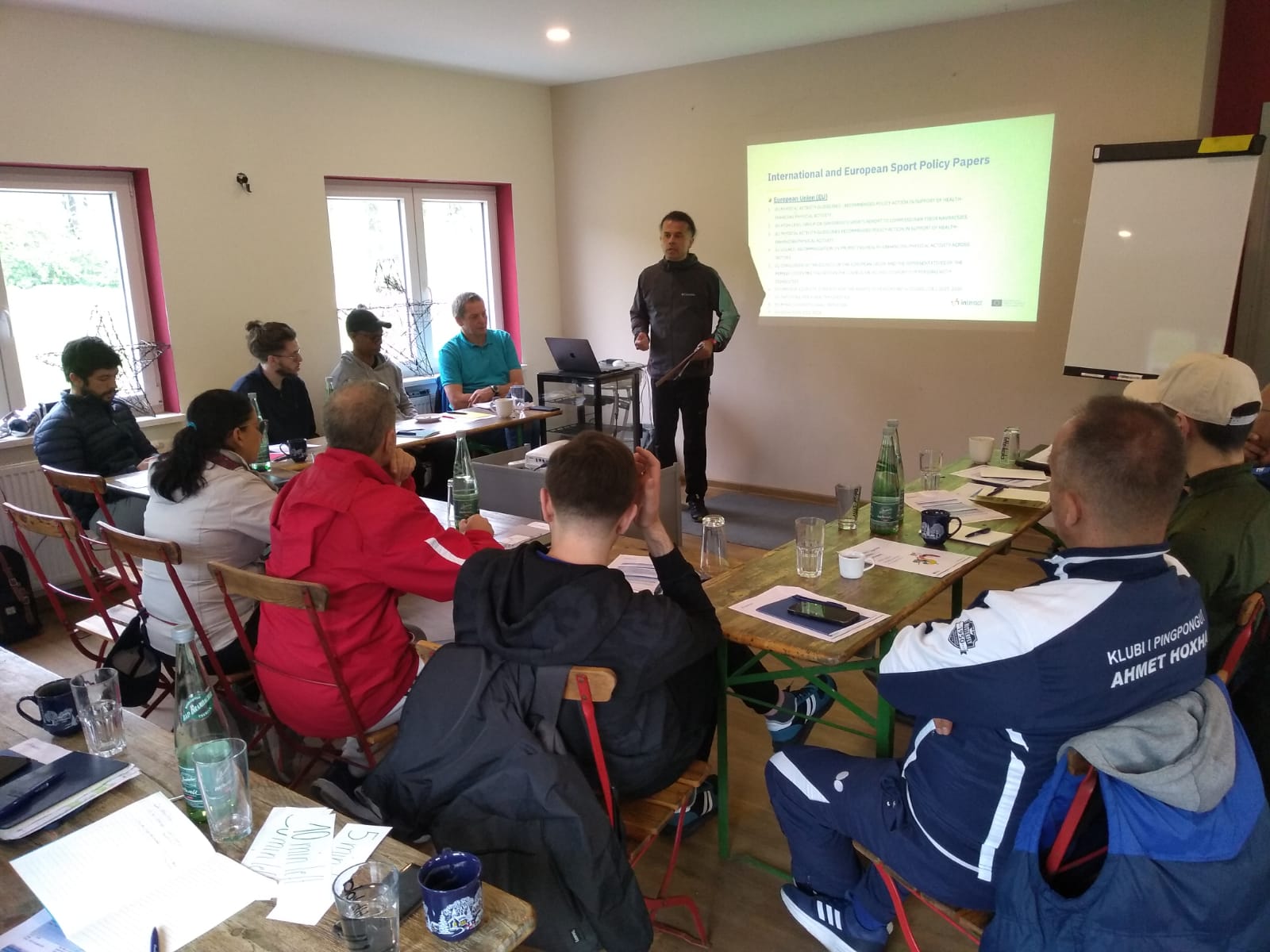Home > Toolkit > Guidelines to Implement the INTERACT+ Theory of Action
International Sports Organisations (ISOs) and National Federations (NFs) play a crucial role in shaping the future of sports participation and inclusion. However, the traditional focus on elite performance and competitive sports has often sidelined broader social, health, and community-based objectives. The INTERACT+ project aims to bridge this gap by providing ISOs and NFs with the tools and strategic direction necessary to integrate more Sport for All alignment into their operations.
The INTERACT+ Theory of Action is a structured approach designed to guide sports organisations in achieving tangible change. This document outlines clear guidelines for ISOs and NFs to implement the Sport for All Theory of Action effectively based on insights from research and practice. These guidelines offer a step-by-step process to help ISOs and NFs develop strategies, build capacity, and foster sustainable impact.
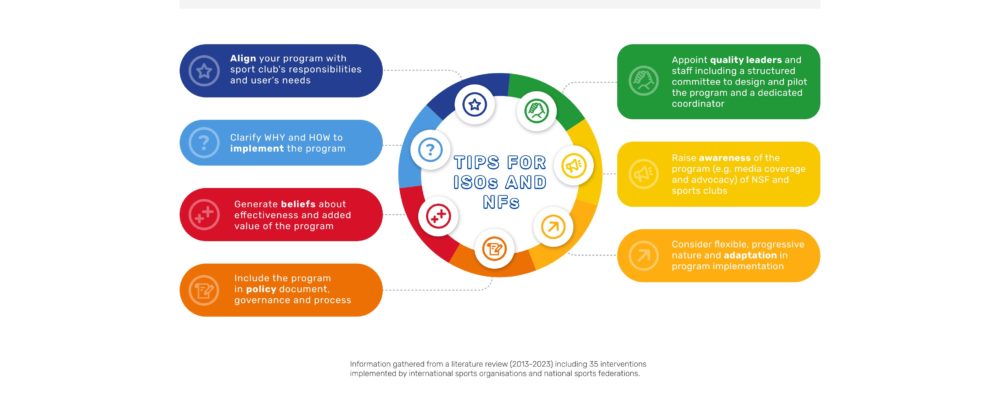
Understanding the INTERACT+ Theory of Action
A Theory of Action is a framework that connects inputs, activities, outputs, outcomes, and impacts in a structured manner, providing a clear roadmap for implementation. In the context of INTERACT+, this model helps ISOs and NFs navigate the transformation towards Sport for All by addressing organisational challenges, fostering inclusivity and developing sustainable programs.
The core objectives of the INTERACT+ Theory of Action include:
International Sport Organisations
National Sport Federations
The successful implementation of the INTERACT+ Theory of Action by ISOs and NFs will require dedication, strategic planning, and continuous improvement. By integrating these guidelines, organisations can contribute to a global movement that ensures sport is accessible to everyone, regardless of background, ability, or status.
Why Implement the INTERACT+ Theory of Action?
The global rise in physical inactivity and health inequalities underscores the need for a systemic transformation in the sport sector. ISOs and NFs must go beyond providing sporting opportunities—they must become active agents of change, using sport as a tool for inclusion, health, and community development.
By implementing the INTERACT+ Theory of Action, ISOs and NFs can:
Expected Outcomes and Long-Term Impact
By following these guidelines, ISOs and NFs can achieve:
The ultimate impact will be a more inclusive, healthier and socially connected sporting environment, where Sport for All becomes an integral part of national and international sports structures.
Appoint Quality Leaders and Staff
For successful implementation, leadership commitment is essential. ISOs and NFs must ensure that key decision-makers understand and support the transition toward Sport for All. To achieve this, there are a few key actions you can take:
Before launching a program, organisations must assess their readiness and identify gaps.
A successful Sport for All strategy requires well-defined objectives.
These goals should align with the broader INTERACT+ Capacity-Building Framework and consider the specific needs of different groups, such as marginalised communities, youth, and people with disabilities.
Ensure Alignment with Club Responsibilities and User Needs
Advocacy and Awareness Campaigns
Measuring the effectiveness of the initiative is critical for long-term success. ISOs and NFs should:
To make informed decisions and improve programs, ISOs and NFs must track their progress and impact. Measuring participation rates, retention numbers, and feedback from participants provides valuable insights into what’s working and what needs improvement.
Data collection should include both quantitative and qualitative insights. While registration numbers, gender breakdowns, and club membership growth offer measurable indicators, participant feedback and personal stories provide the human perspective necessary for refining programs.
While implementing the INTERACT+ Theory of Action, ISOs and NFs may encounter various challenges. Below are some common obstacles and practical solutions:
Challenge: Lack of leadership commitment = Solution: Engage decision-makers with clear data on benefits.
Challenge: Resistance to change = Solution: Provide education on the added value of Sport for All.
Challenge: Limited financial resources = Solution: Leverage partnerships and seek funding opportunities.
Challenge: Unclear program execution = Solution: Offer structured guidelines and phased implementation plans.
Through INTERACT+ Capacity Building Trainings, the INTERACT+ Theory of Action has been implemented in ISOs and NFs all over the world. You can check out information about the trainings on our News page!
For organisations and individuals involved in Sport for All, evaluation provides answers to critical questions: Are we achieving our goals? Are we reaching the people who need us most? Are we contributing to something bigger, such as the UN’s Sustainable Development Goals (SDGs)? With the right tools, we can gather evidence that tells these stories, validates our efforts, and...
Sports have the power to transform lives by fostering physical health, mental well-being and social connections. However, many individuals face significant barriers that prevent them from joining or staying involved in organised sports. These obstacles range from financial and time constraints to social and cultural factors, creating challenges that organisations must address to ensure inclusiveness and sustained engagement. This guide...
The United Nation Sustainable Development Goals (SDGs), adopted by 193 countries in 2015, serve as a global blueprint for addressing the world’s most pressing challenges by 2030. These 17 interconnected goals aim to tackle issues like poverty, inequality, climate change, and access to education and healthcare. At the heart of the SDGs are three guiding principles: People, Planet, and...
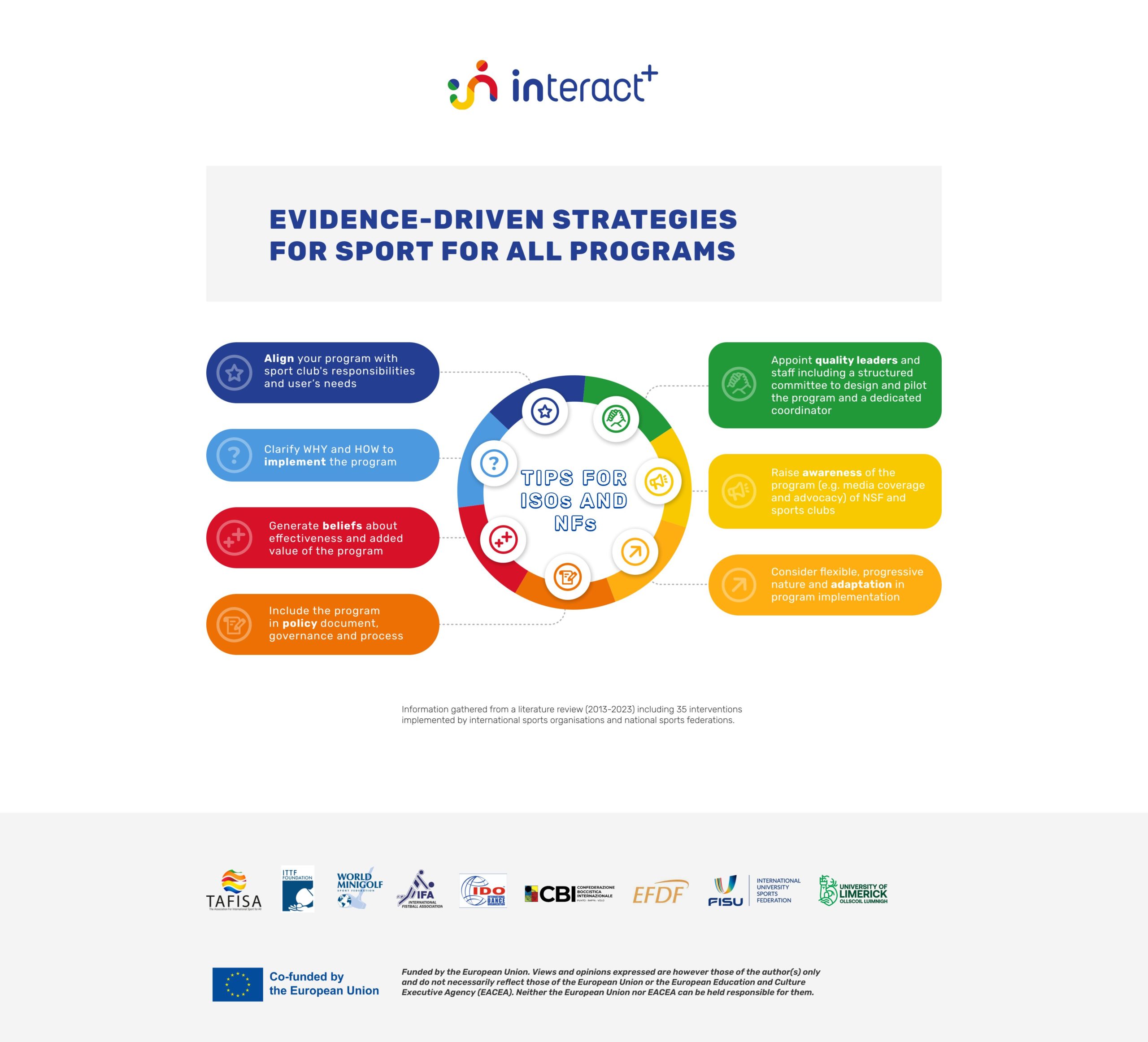
International Sports Organisations (ISOs) and National Federations (NFs) play a crucial role in shaping the future of sports participation and inclusion. However, the traditional focus on elite performance and competitive sports has often sidelined broader social, health, and community-based objectives. The INTERACT+ project aims to bridge this gap by providing ISOs and NFs with the tools and strategic direction...
